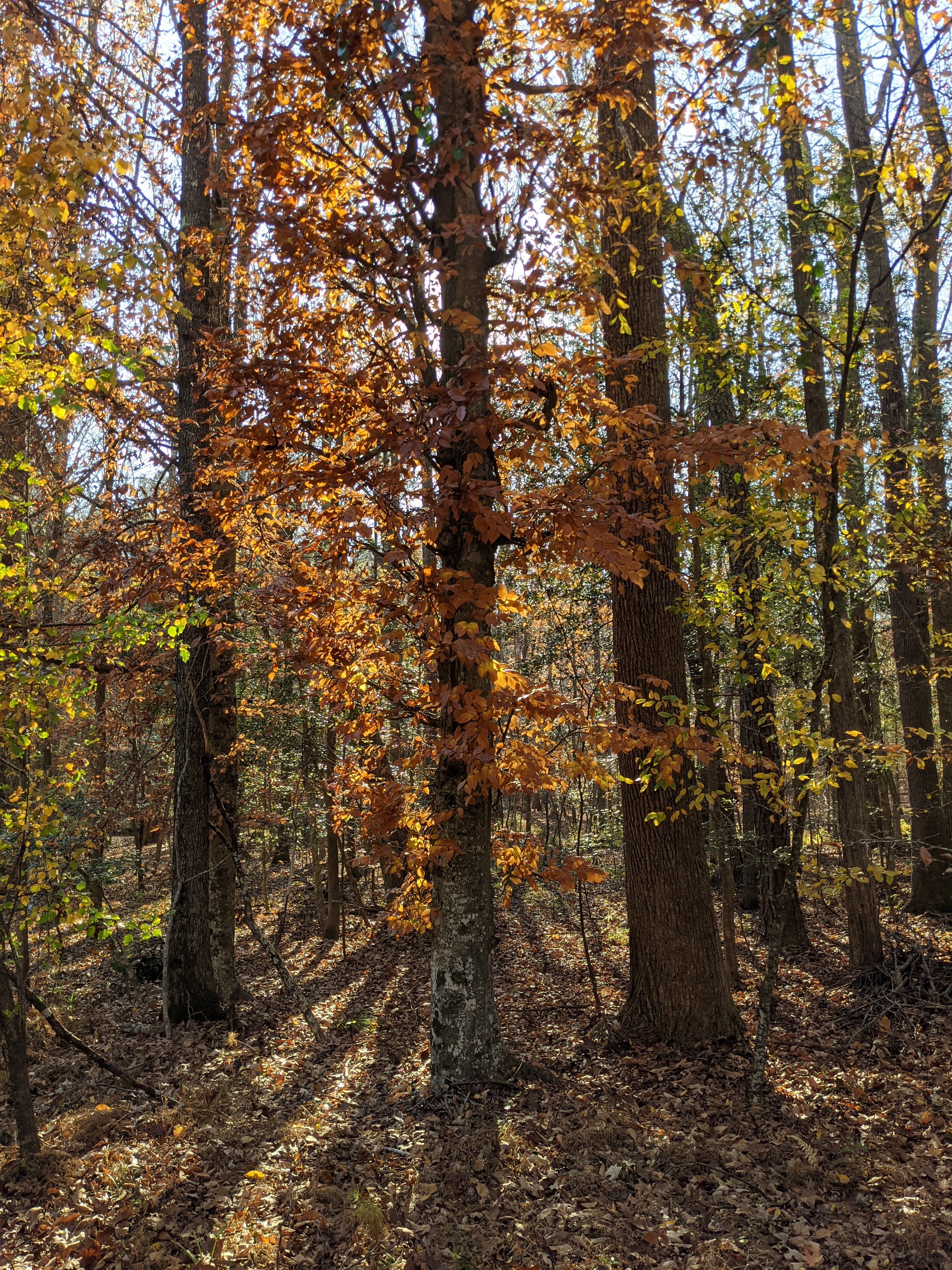Beeches: Indicator Trees of Biodiversity
go.ncsu.edu/readext?942499
en Español / em Português
El inglés es el idioma de control de esta página. En la medida en que haya algún conflicto entre la traducción al inglés y la traducción, el inglés prevalece.
Al hacer clic en el enlace de traducción se activa un servicio de traducción gratuito para convertir la página al español. Al igual que con cualquier traducción por Internet, la conversión no es sensible al contexto y puede que no traduzca el texto en su significado original. NC State Extension no garantiza la exactitud del texto traducido. Por favor, tenga en cuenta que algunas aplicaciones y/o servicios pueden no funcionar como se espera cuando se traducen.
Português
Inglês é o idioma de controle desta página. Na medida que haja algum conflito entre o texto original em Inglês e a tradução, o Inglês prevalece.
Ao clicar no link de tradução, um serviço gratuito de tradução será ativado para converter a página para o Português. Como em qualquer tradução pela internet, a conversão não é sensivel ao contexto e pode não ocorrer a tradução para o significado orginal. O serviço de Extensão da Carolina do Norte (NC State Extension) não garante a exatidão do texto traduzido. Por favor, observe que algumas funções ou serviços podem não funcionar como esperado após a tradução.
English
English is the controlling language of this page. To the extent there is any conflict between the English text and the translation, English controls.
Clicking on the translation link activates a free translation service to convert the page to Spanish. As with any Internet translation, the conversion is not context-sensitive and may not translate the text to its original meaning. NC State Extension does not guarantee the accuracy of the translated text. Please note that some applications and/or services may not function as expected when translated.
Collapse ▲The American Beech, Fagus grandfolia, is the golden lady of the woods in the wintertime. This North American native tree is heralded for its smooth bark and striking presence in the forest and the landscape. You can see these in the forests in the northern and western parts of Lee County, as well as around the Carolina Trace area. There are many reasons to love and conserve this species in our Lee County communities.
Characteristics
American beeches are a climax species in Eastern North American forests. Their range goes from Maine to Northern Florida to East Texas to Minnesota. You know you are looking at a stable, old forest when you see these dotting the woodland. They usually occur with maples and oaks, on steep slopes and moist transition zones. Surprisingly, the soil they are growing on is usually poor and rocky, yet these trees persist.
The trees are long-lived, and can reach more than 80 feet tall and 2-3 feet in girth at maturity. They are known for their light gray bark that resembles elephant hide and straight trunks. The wide canopy makes them a great shade tree in the landscape. Their buttress roots are prominently above the ground and can spread along the top of the ground, radiating out from the tree. The leaves are seemingly plain, but are quite distinct when you look closely at them. They have straight veins running up the leaf, unlike any other tree in North America!
If you are not sure you have any in your woods, you can look for the golden  shadows in the wintertime. The juvenile trees hold on to their leaves over the wintertime, a phenomenon called “marcescence” (pronounced “mar-CESS-ensis”). The word comes from the Latin marcescere (“to fade”) and scientists aren’t sure why the trees have this adaptation, which they grow out of as they mature.
shadows in the wintertime. The juvenile trees hold on to their leaves over the wintertime, a phenomenon called “marcescence” (pronounced “mar-CESS-ensis”). The word comes from the Latin marcescere (“to fade”) and scientists aren’t sure why the trees have this adaptation, which they grow out of as they mature.
Benefits
Beeches have many benefits. They are excellent specimen trees and shade trees in the landscape. Because of their large size, they provide habitat and forage for many animals. The harvester butterfly, the only carnivorous butterfly in North America, eats the beech aphids. Many caterpillars feed on its leaves. Beech nuts are prized in the forest for their nutritional value to wildlife. They are even edible to humans (but they’re really small!).
Industrially, beech lumber is prized for its durability and has been used as flooring, waterwheels, and containers. It is great for storing food because it doesn’t leech any tastes or smells. It is also great for burning for charcoal production because of its density. It burns hot and makes good charcoal.
There are whole communities of herbaceous species that occur in areas where beeches are present, including Trillium and other Spring ephemerals. Beech drops, Epifagus virginiana, is a parasitic plant that can only grow on the roots of beeches. The chemicals released by beeches cause the seeds of the beech drops to germinate. They do not negatively affect the health of the tree.
Challenges
The reasons American beeches need some extra attention are loss of habitat and newly-emerging diseases moving into the region.
The forests where beeches occur are mostly protected because of the sloping topography, but these areas are still being moved into by humans as our area continues to grow. The NC Natural Heritage Program has a voluntary “Registered Heritage Area” program landowners can enroll their property in to raise awareness about the conservation value of their property without signing any legally-binding management agreement.
Finally, and we will talk more about this next week, there are two diseases that are causing massive declines in beeches: beech bark disease (BBD), caused by a one-two punch by a scale insect and fungi, and beech leaf disease (BLD), caused by a foliar nematode, Litylenchus crenatae var. mccannii.
BOLO
Be on the lookout for American beeches as you walk your property or hike at our local natural areas, like San-Lee Park and White Pines Nature Preserve. Once you can recognize them, you can help scientists record them through citizen science platforms, like iNaturalist, and you can help monitor for diseases. Or, you can just appreciate the majesty of this lady of the woods!
Amanda Wilkins is the Horticulture Agent for North Carolina Cooperative Extension in Lee County.
References




